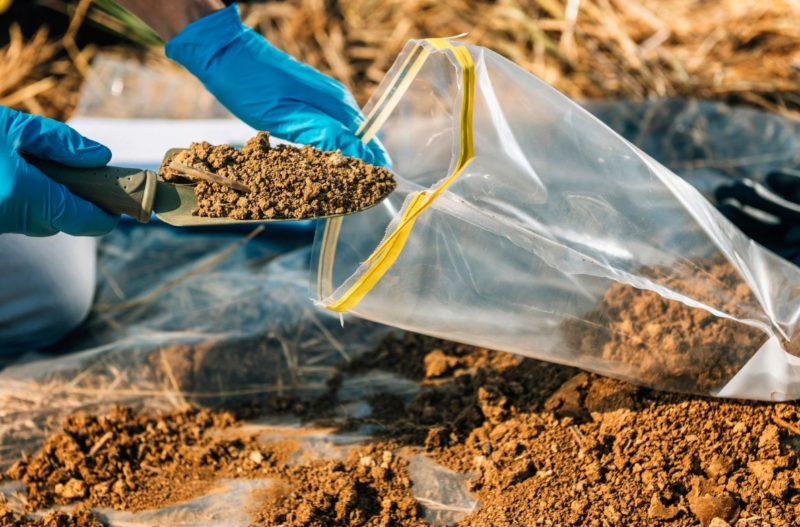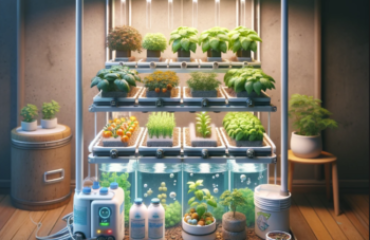How to Collect a Soil Sample for Testing:
Materials Needed:
- Clean bucket or container
- Garden trowel or soil probe
- Clean plastic bag or soil sample box
- Marker or label
Steps:
- Choose Representative Areas: Identify different sections of your garden or planting area. If your garden has different soil types or if you’re testing specific areas (like a vegetable garden, flower beds, etc.), take samples separately from these areas.
- Prepare Tools: Ensure your tools are clean to avoid contamination. Clean the garden trowel or soil probe thoroughly before use.
- Collect Samples:
- Using the trowel or soil probe, dig a small hole or insert the probe into the soil to the desired depth (typically around 6-8 inches for gardens).
- Take several subsamples from various spots within the selected area. Ensure these subsamples are a representative mix of the soil in that area.
- Remove any debris, stones, or plant material from the sample.
- Mix and Prepare the Composite Sample:
- Place all the subsamples in the clean bucket or container.
- Thoroughly mix the soil together to create a composite sample. Ensure the soil is uniformly mixed to get an accurate representation.
- Fill the Soil Sample Container:
- Fill the clean plastic bag or soil sample box with the composite soil sample. Fill it to the indicated fill line, if present.
- Label the container with your name, the date, and the area the sample was taken from.
- Submit for Testing:
- Contact a soil testing laboratory or extension service in your area to learn about their specific requirements for soil testing. Some labs may have specific forms or instructions for submitting samples.
- Follow their instructions for mailing or delivering the sample and include any required paperwork or forms.
- Repeat for Different Areas:
- If you have multiple areas with different characteristics or plants, repeat the process for each unique area to get separate soil test results.
- Wait for Results:
- Once submitted, the lab will conduct tests on your soil sample to analyze its nutrient content, pH levels, and other important factors.
- You’ll receive a report detailing the soil’s characteristics and recommendations for improving its quality, fertility, or pH levels based on the test results.
Following these steps will help you collect a representative soil sample that can be accurately analyzed to determine its characteristics and suitability for gardening or planting.



